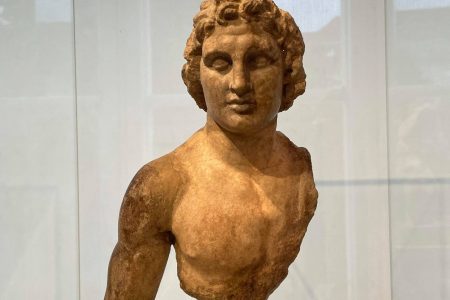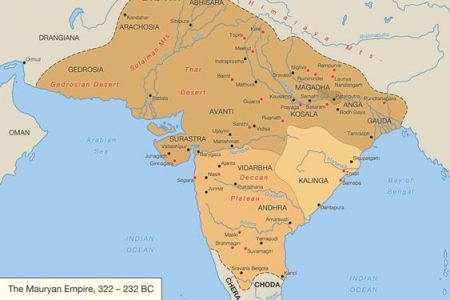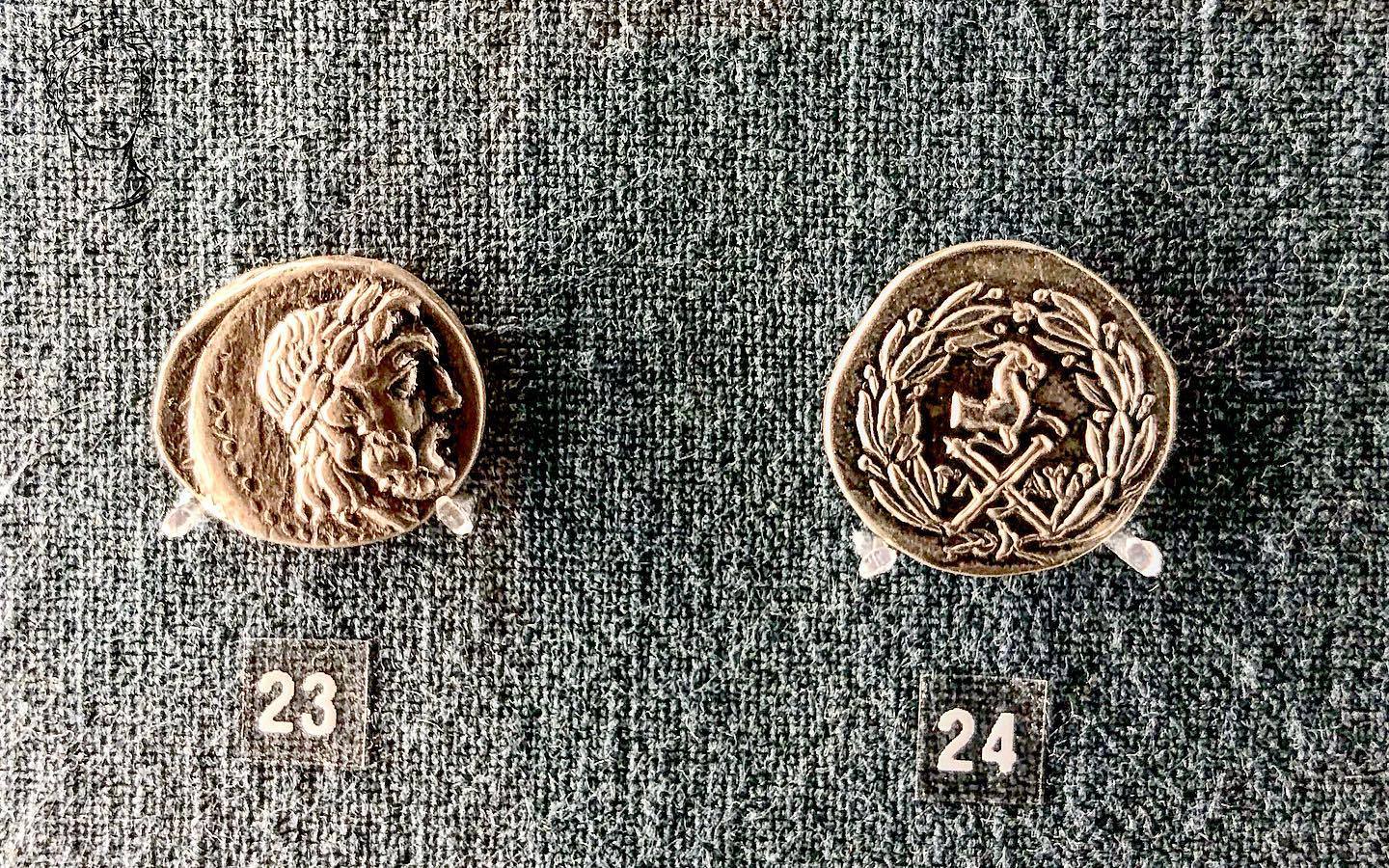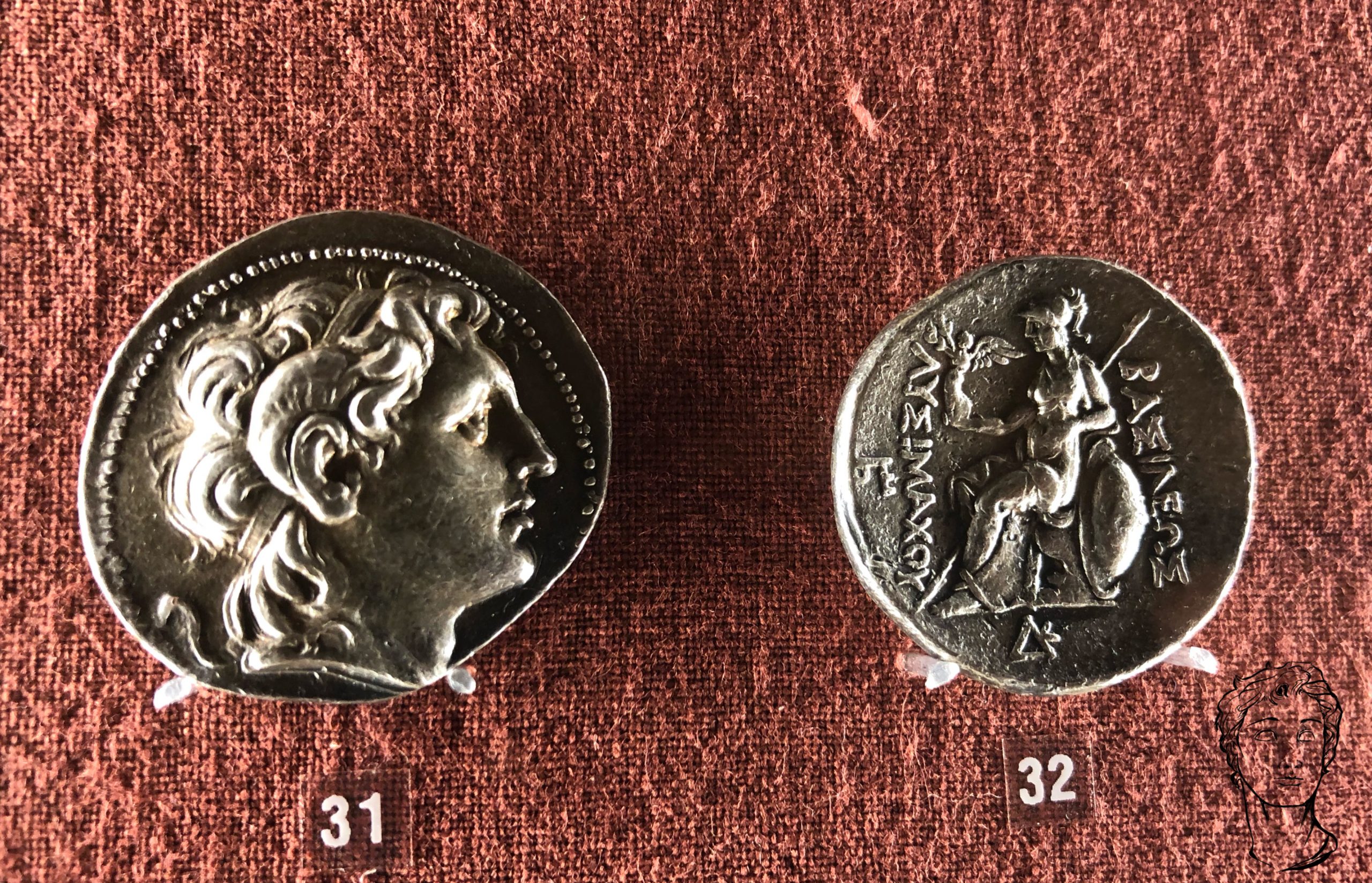Today, federal states are a popular form of government throughout the world. Some examples include the European Union or countries like Belgium, Canada, German and the United States. Within a federal state, different governments (federal and regional/local) interact with one another to ensure an optimal working of the federation. However, it is not always easy …










